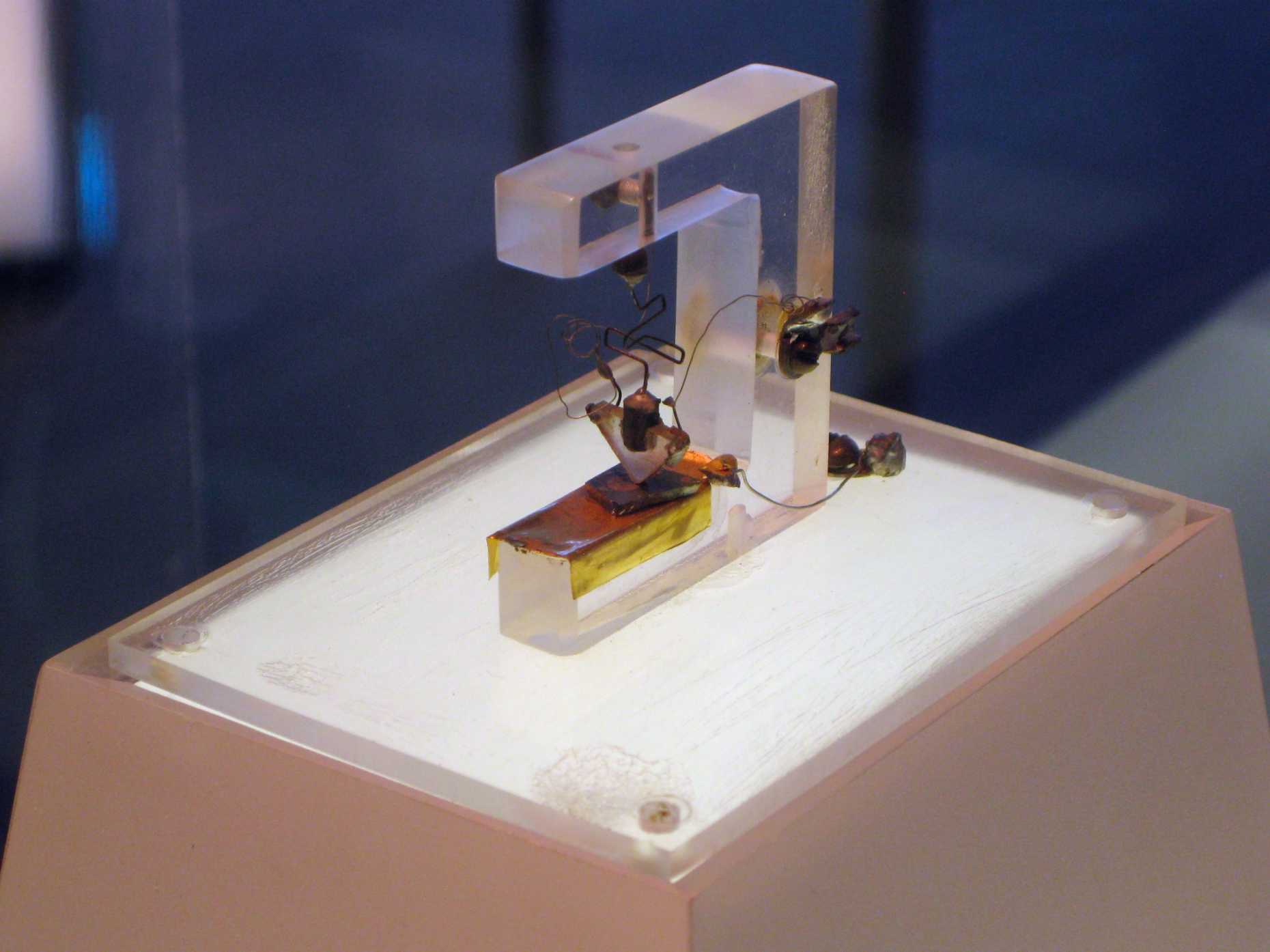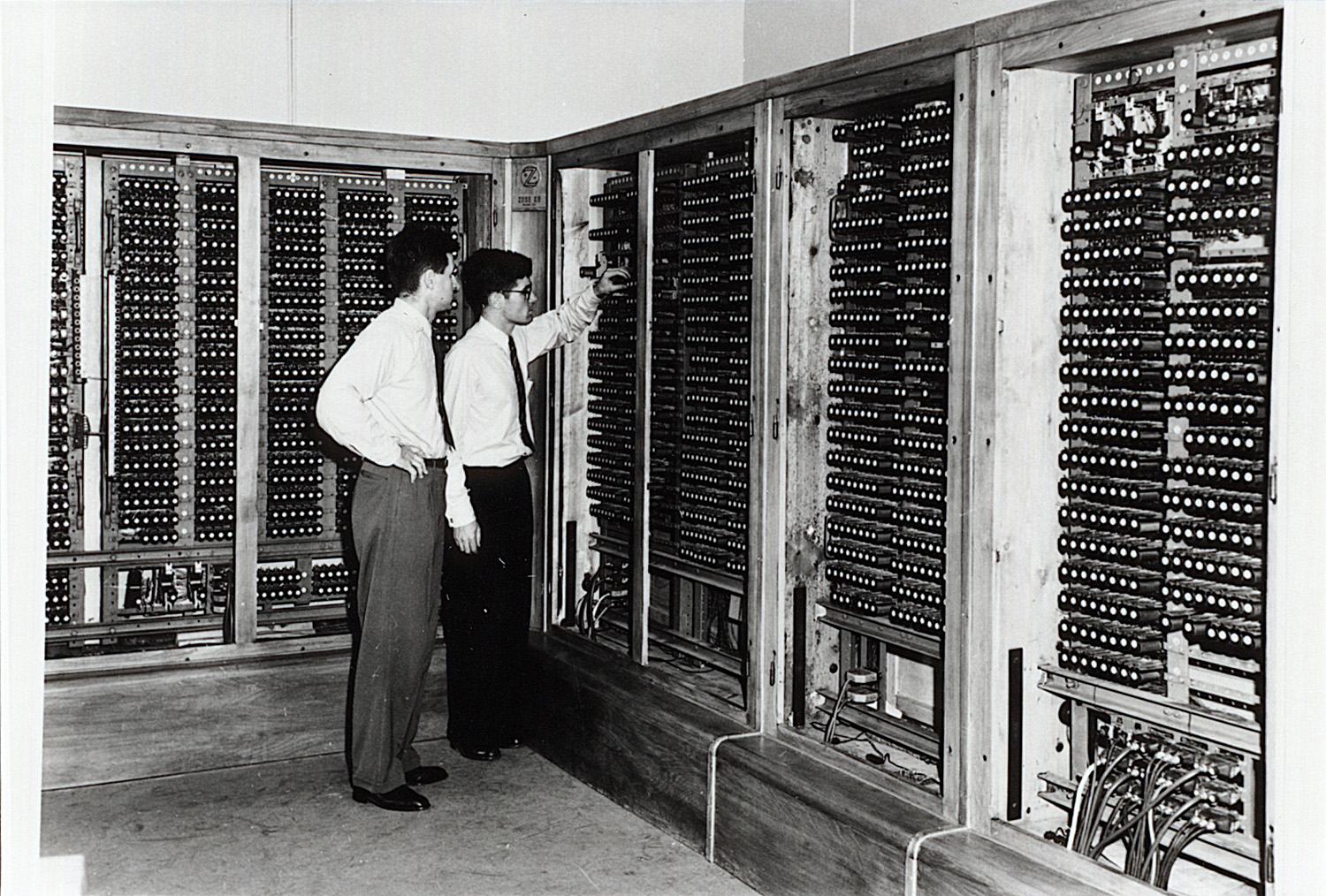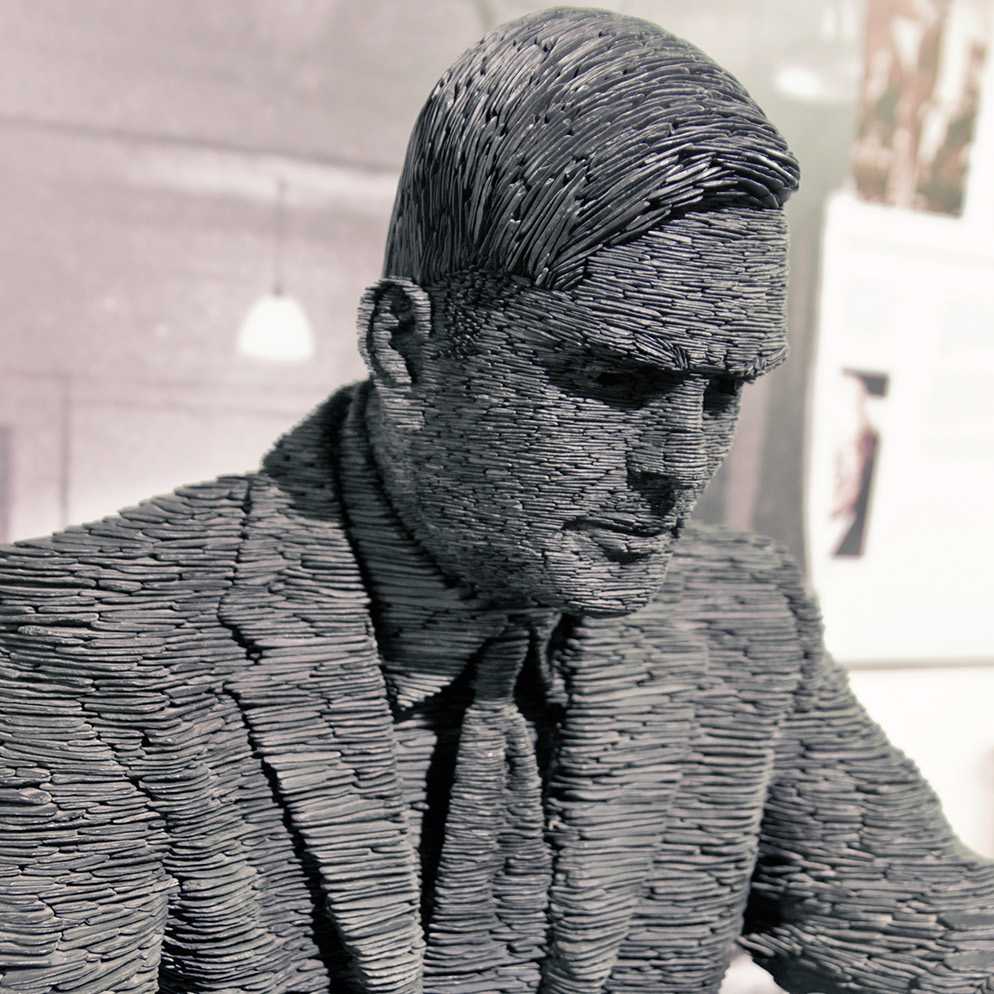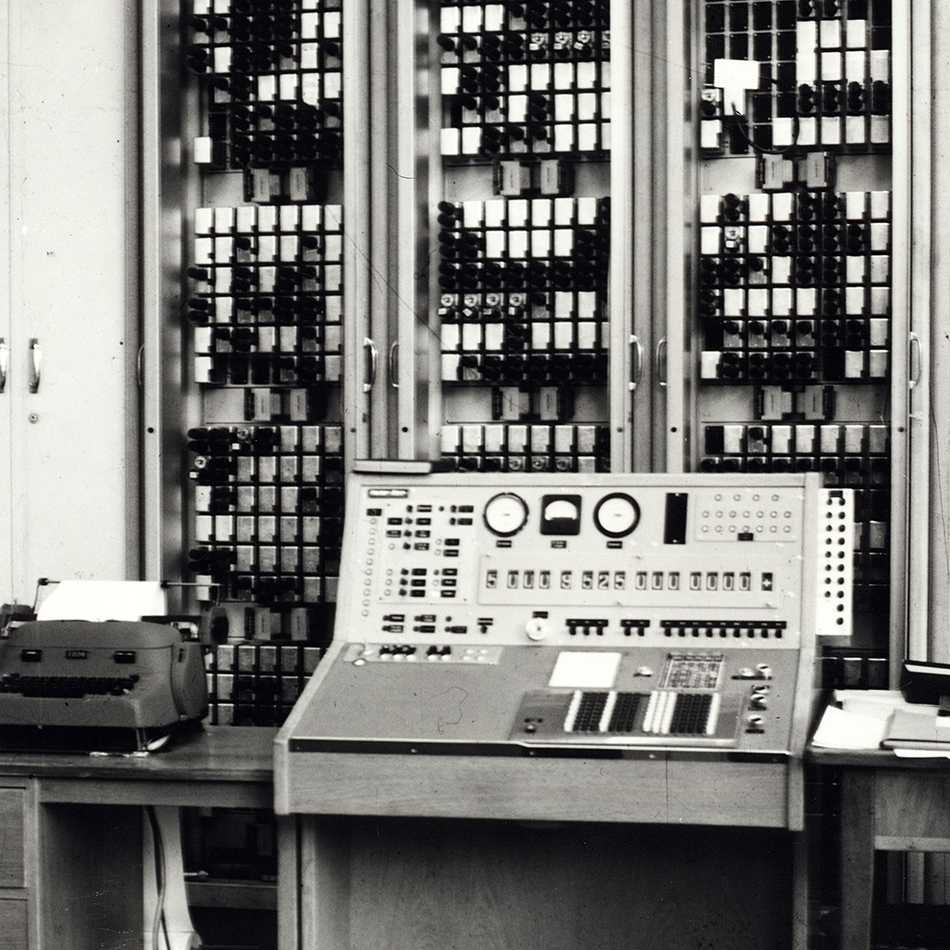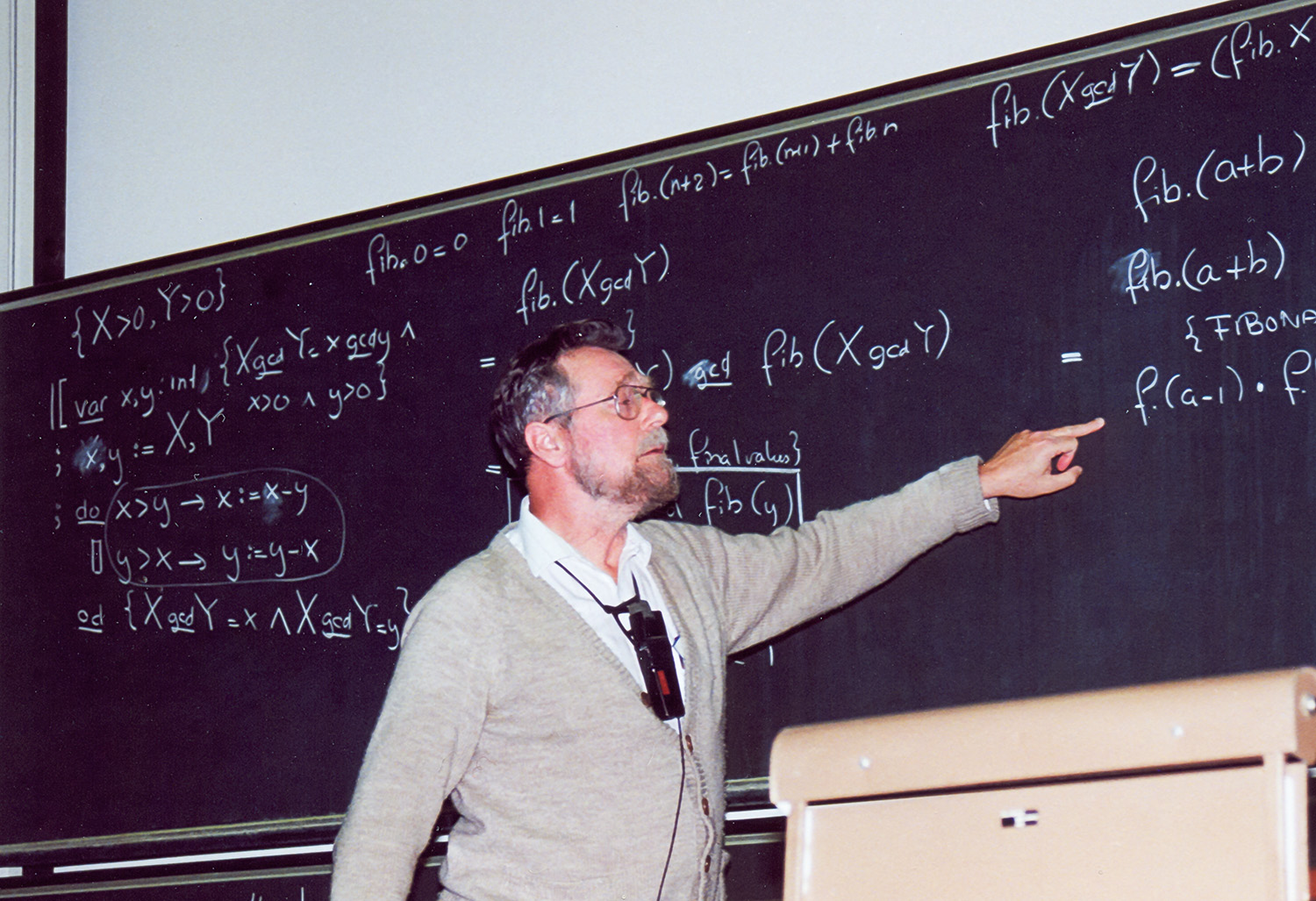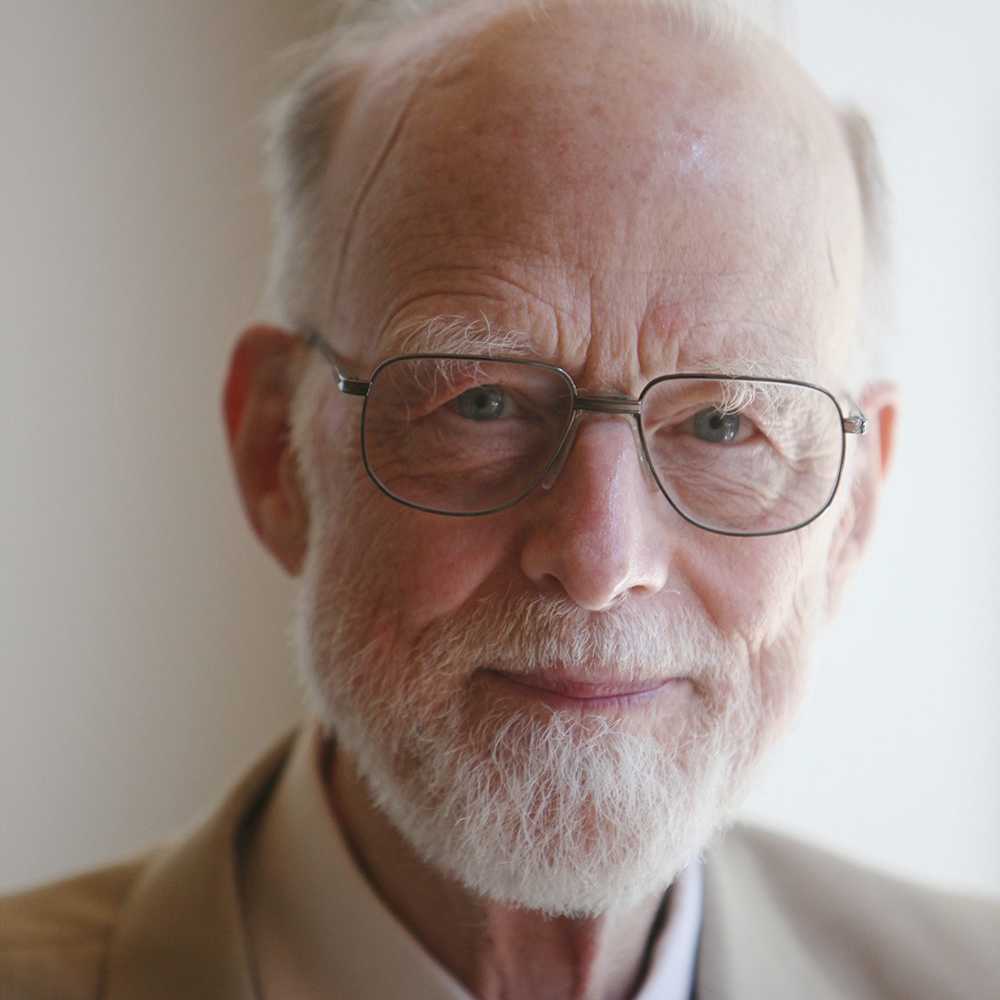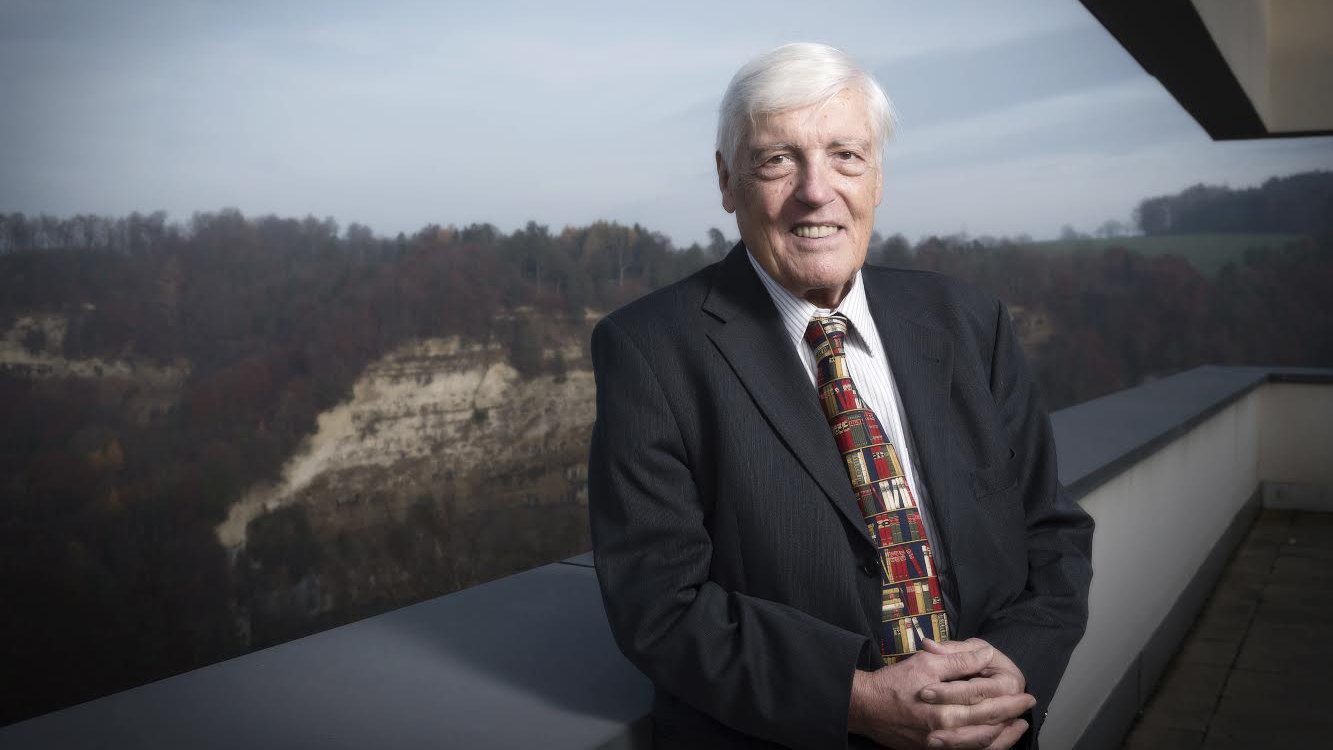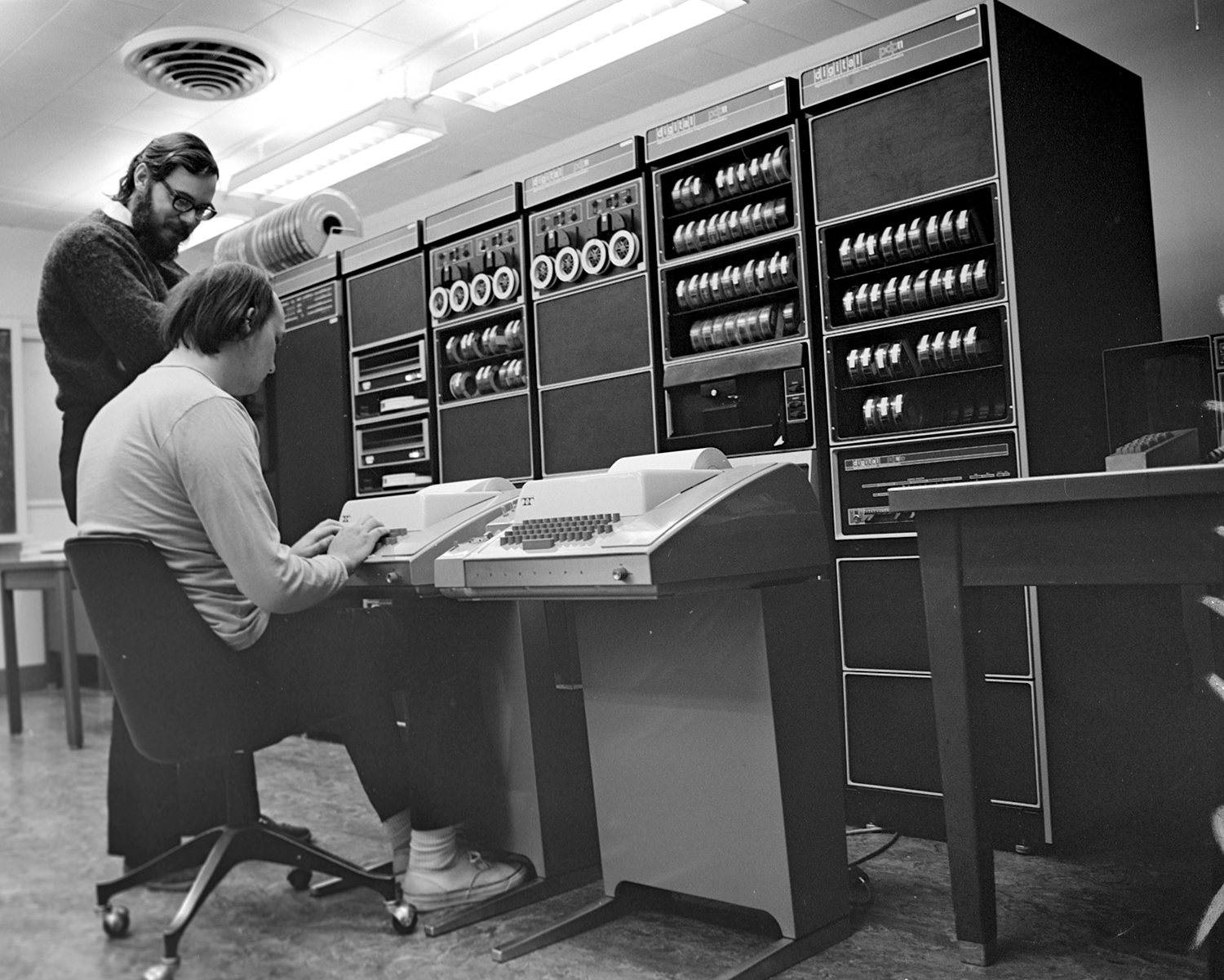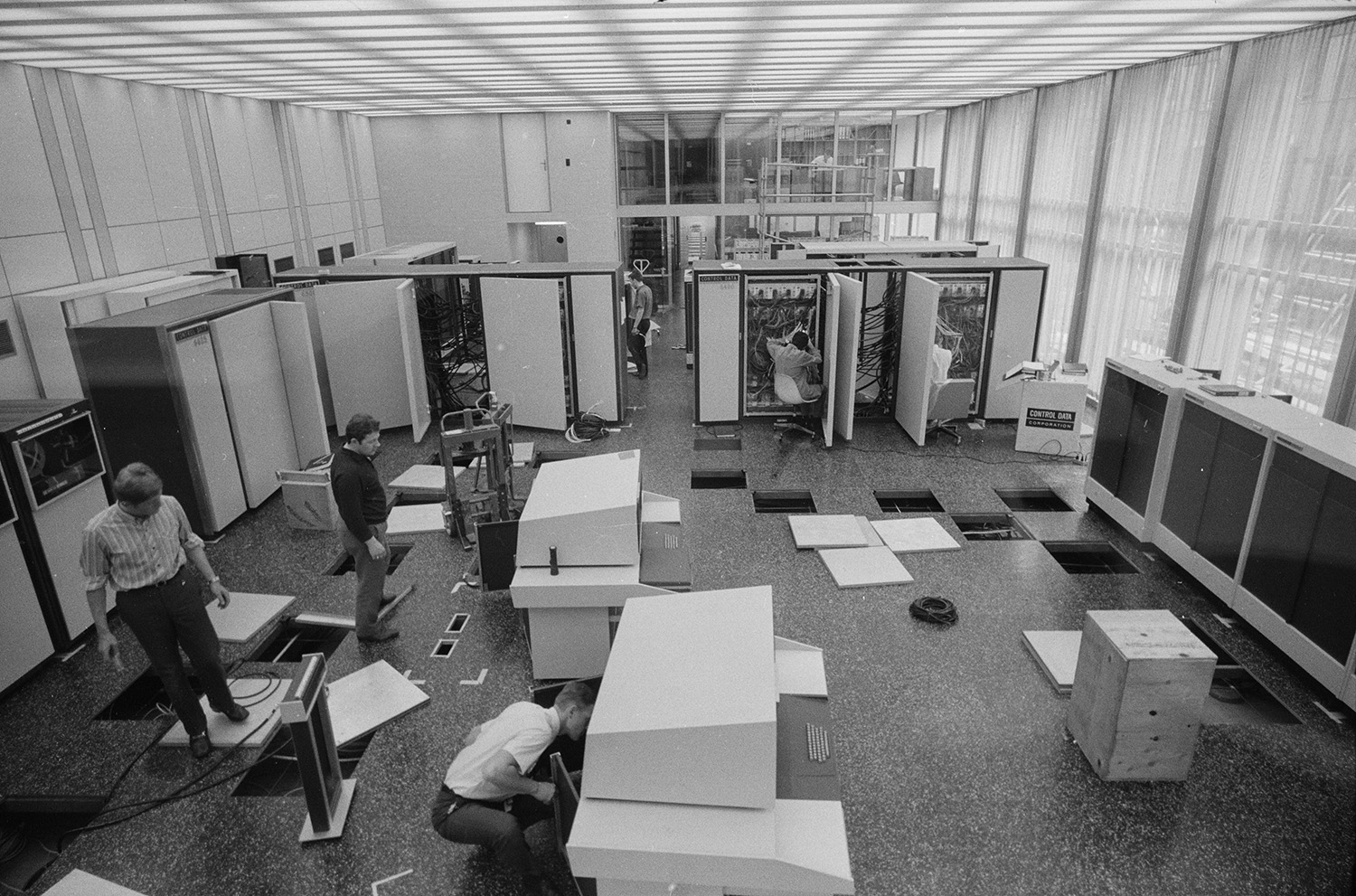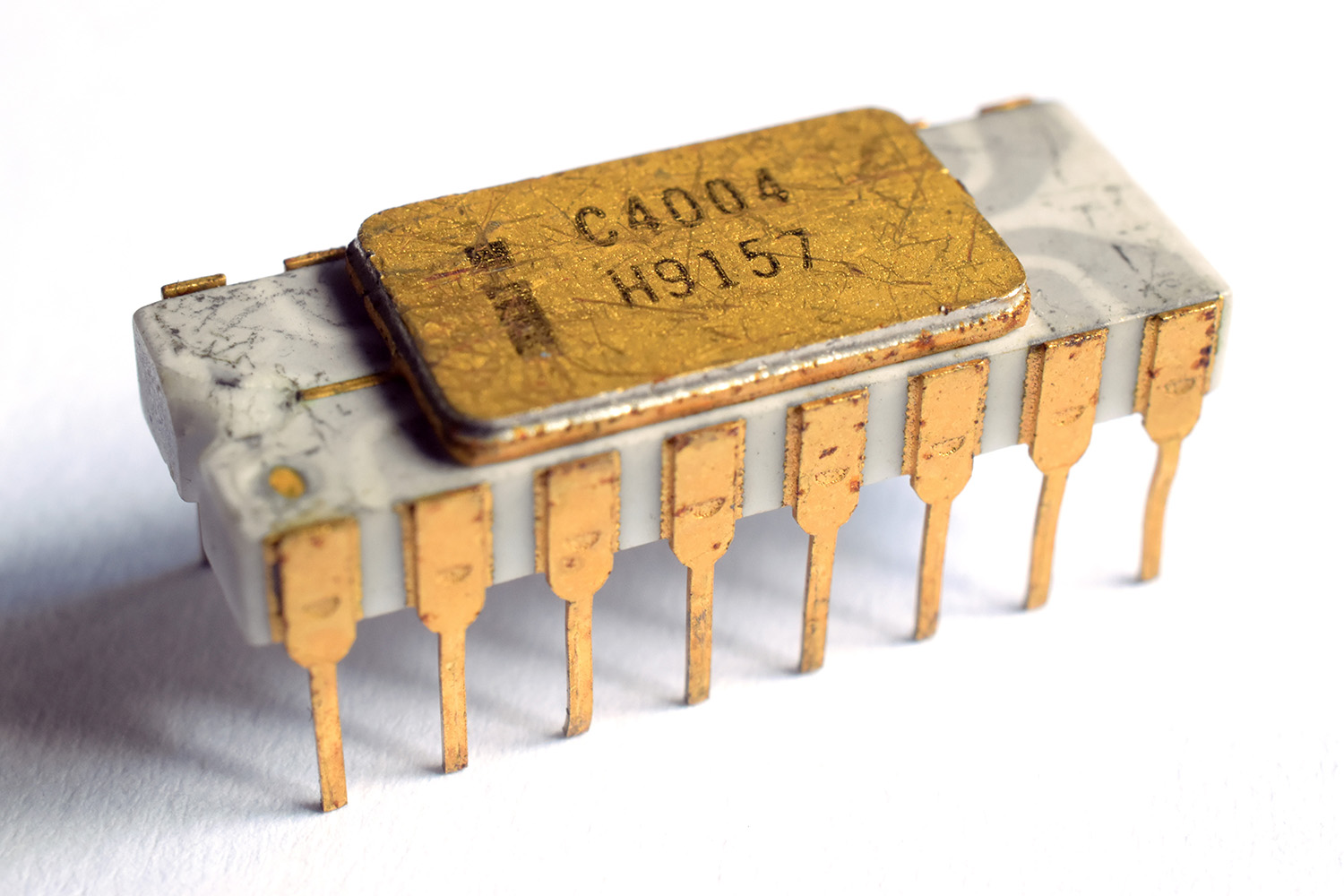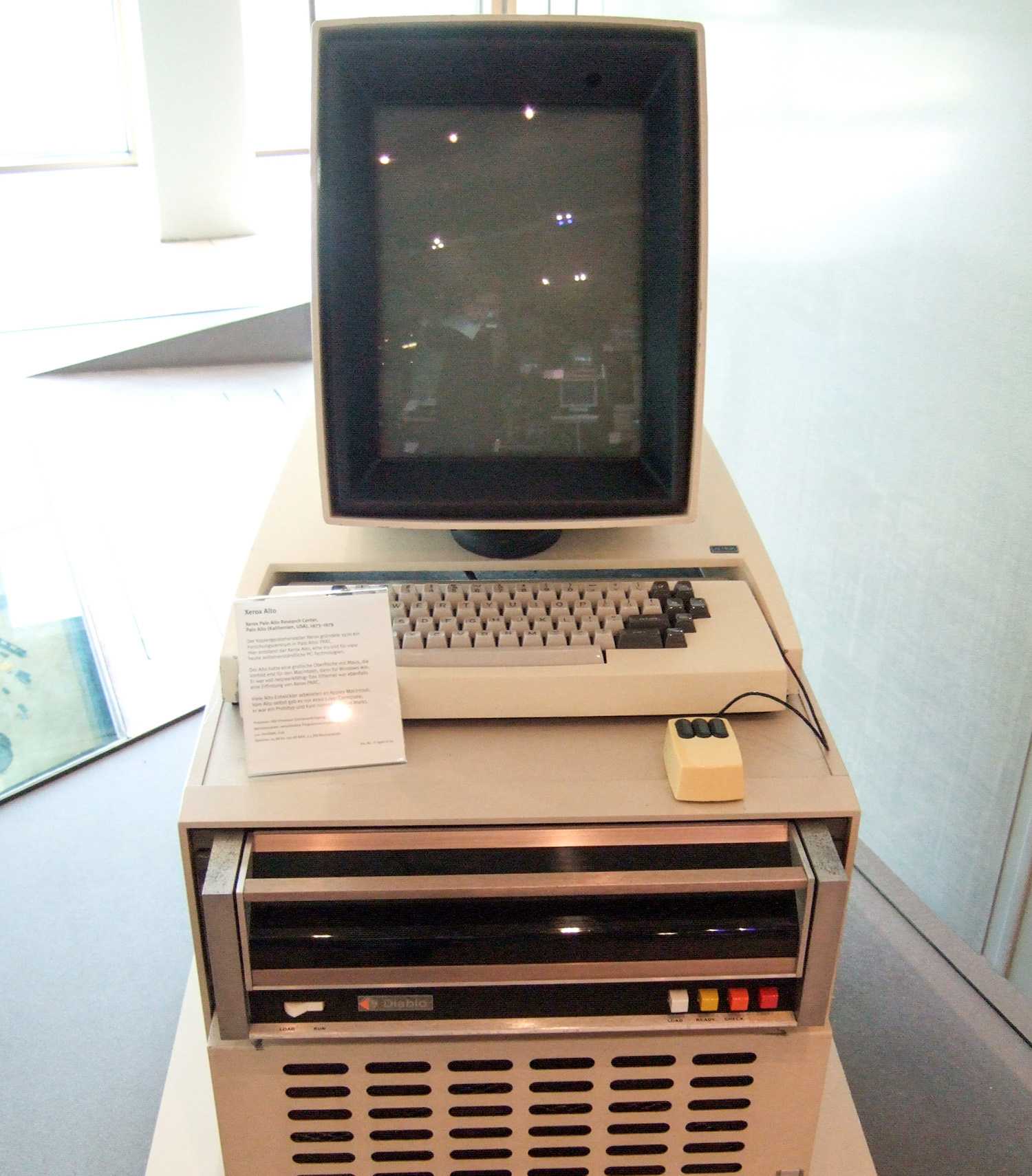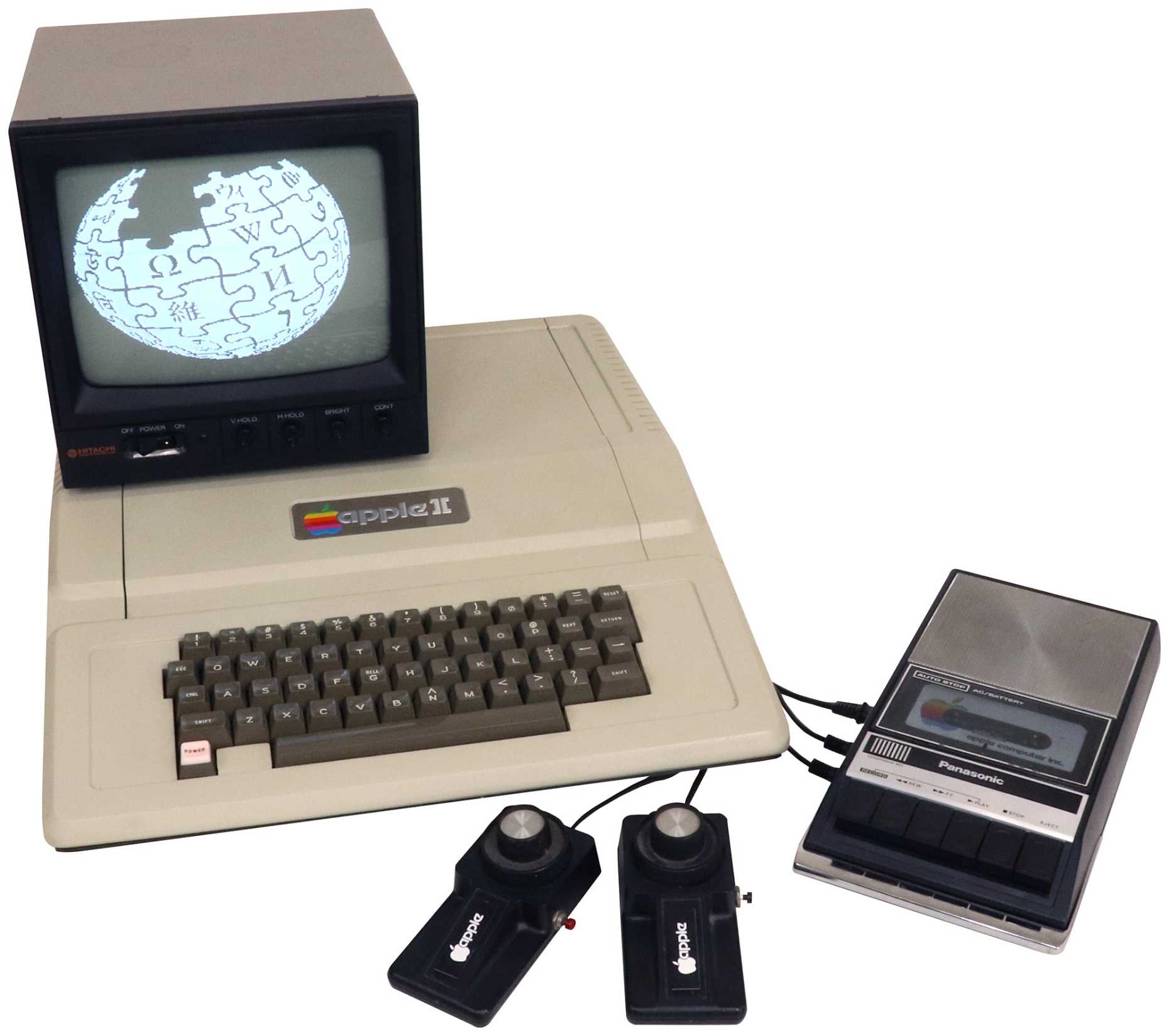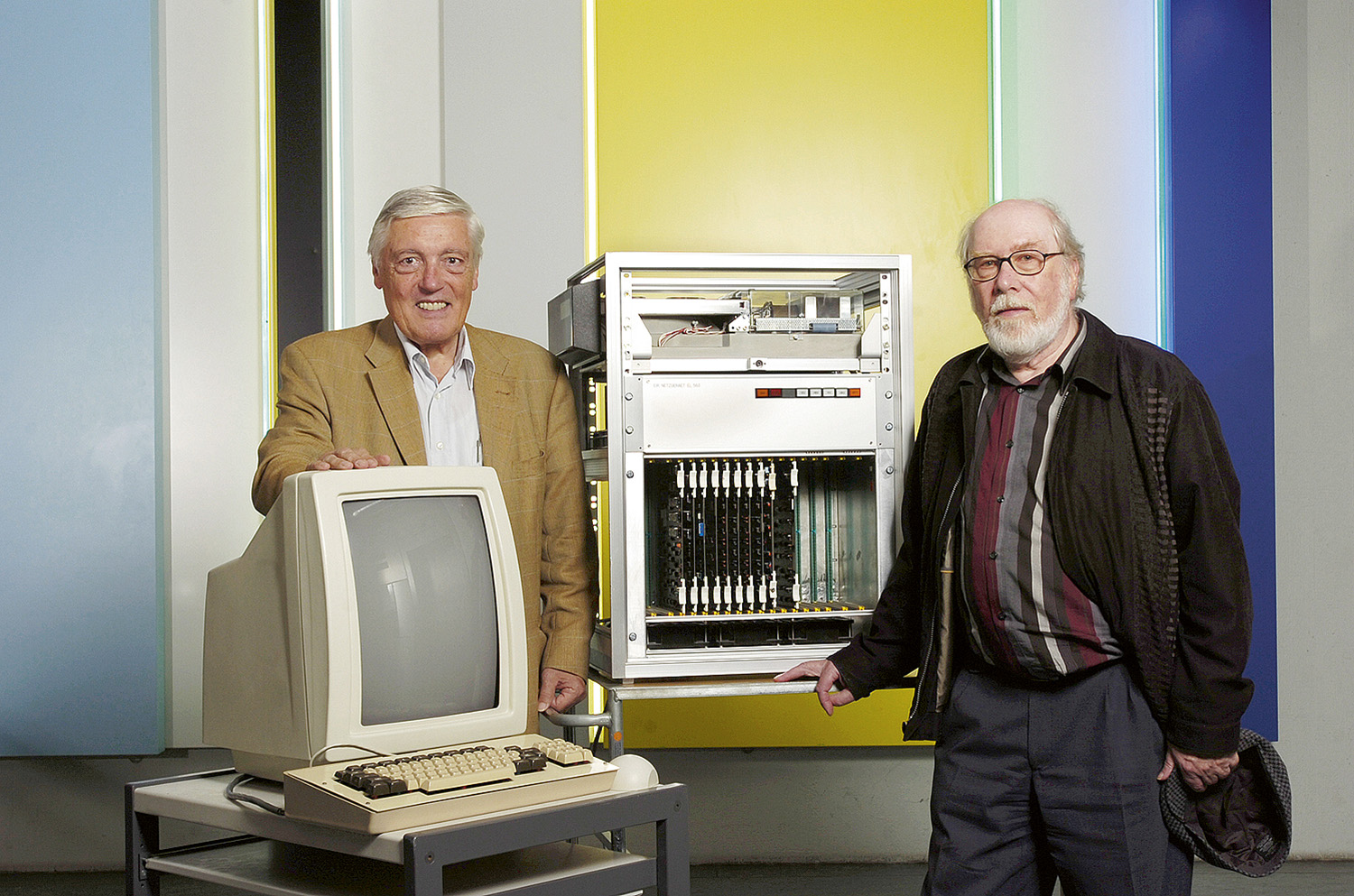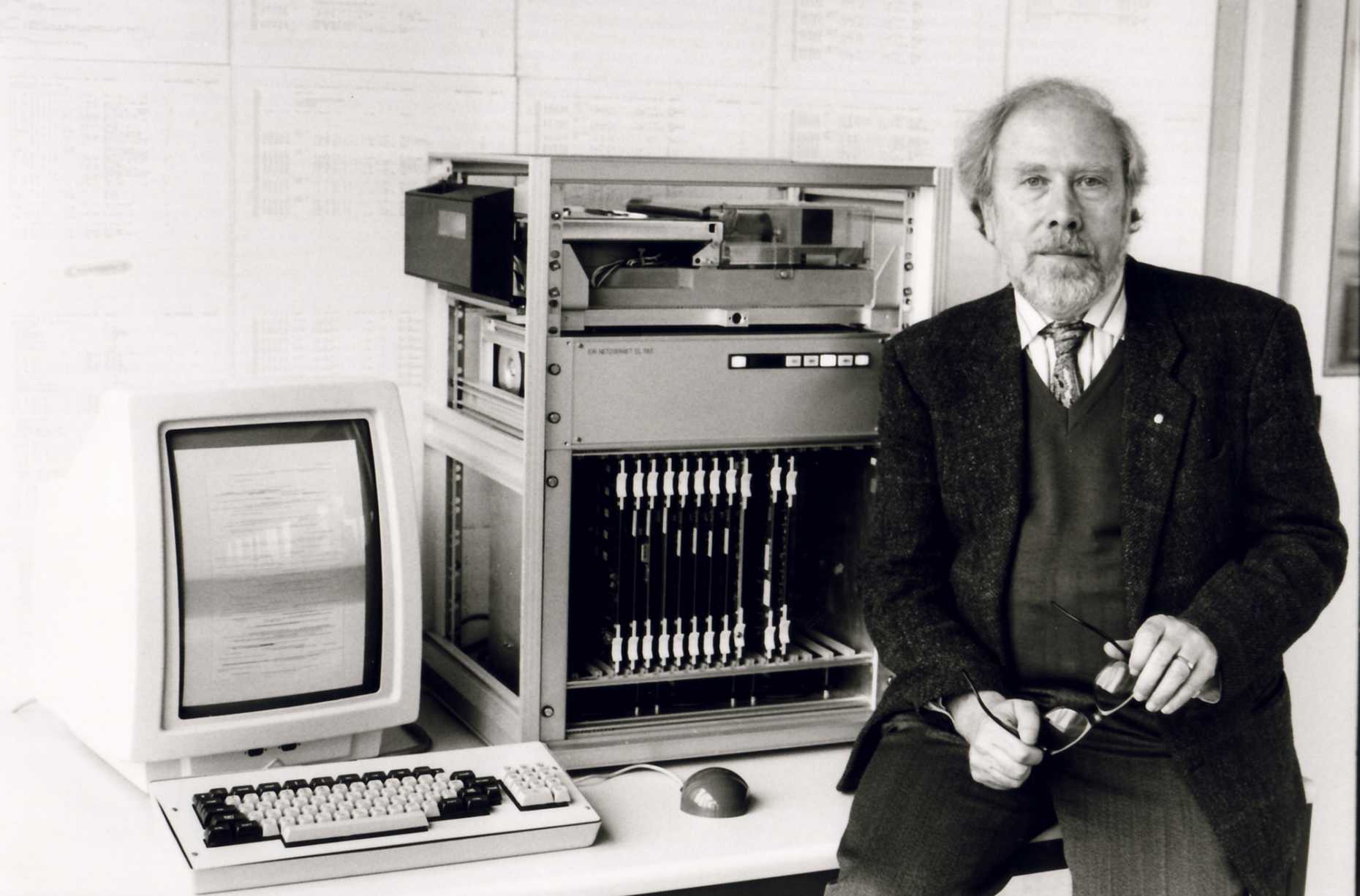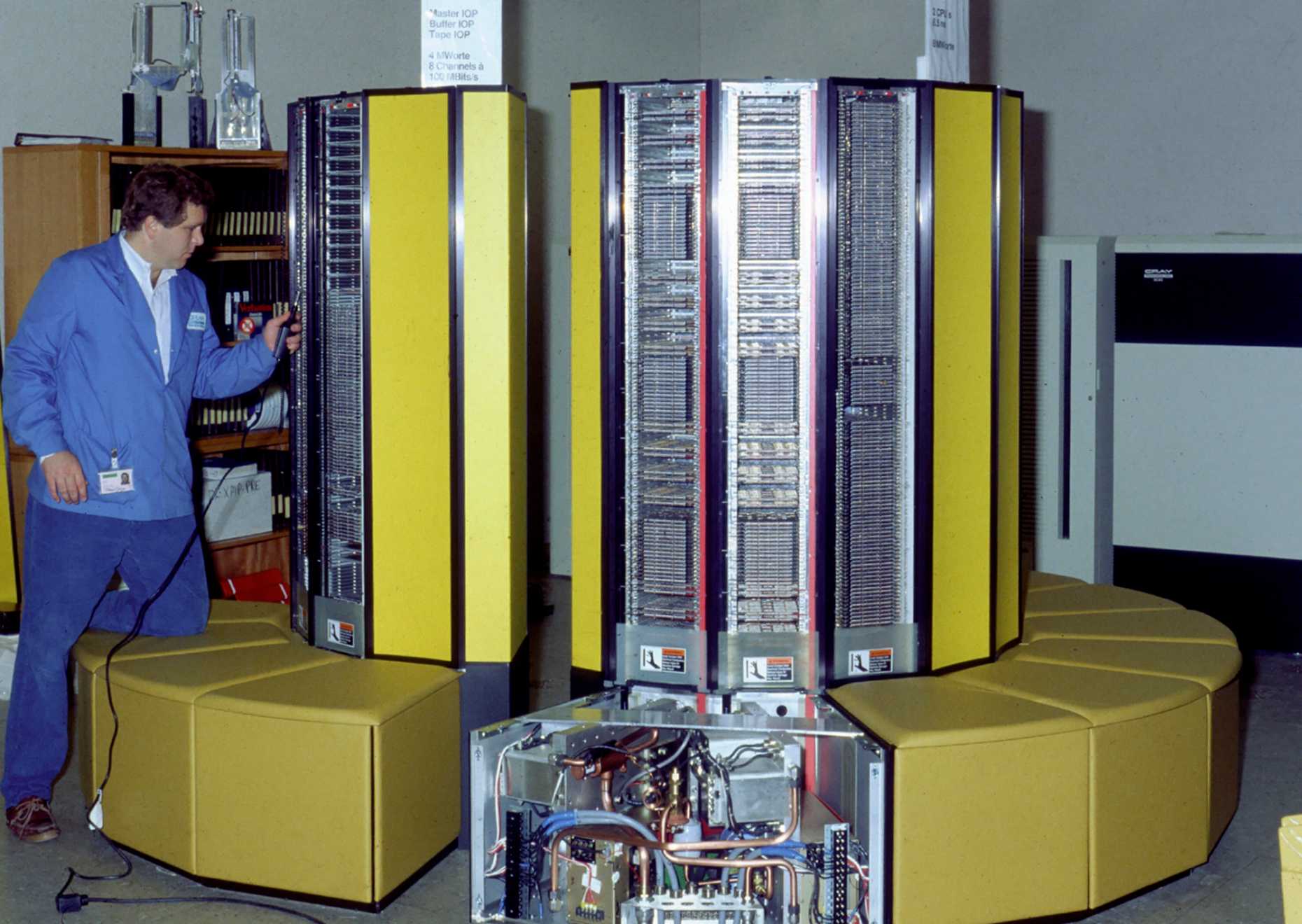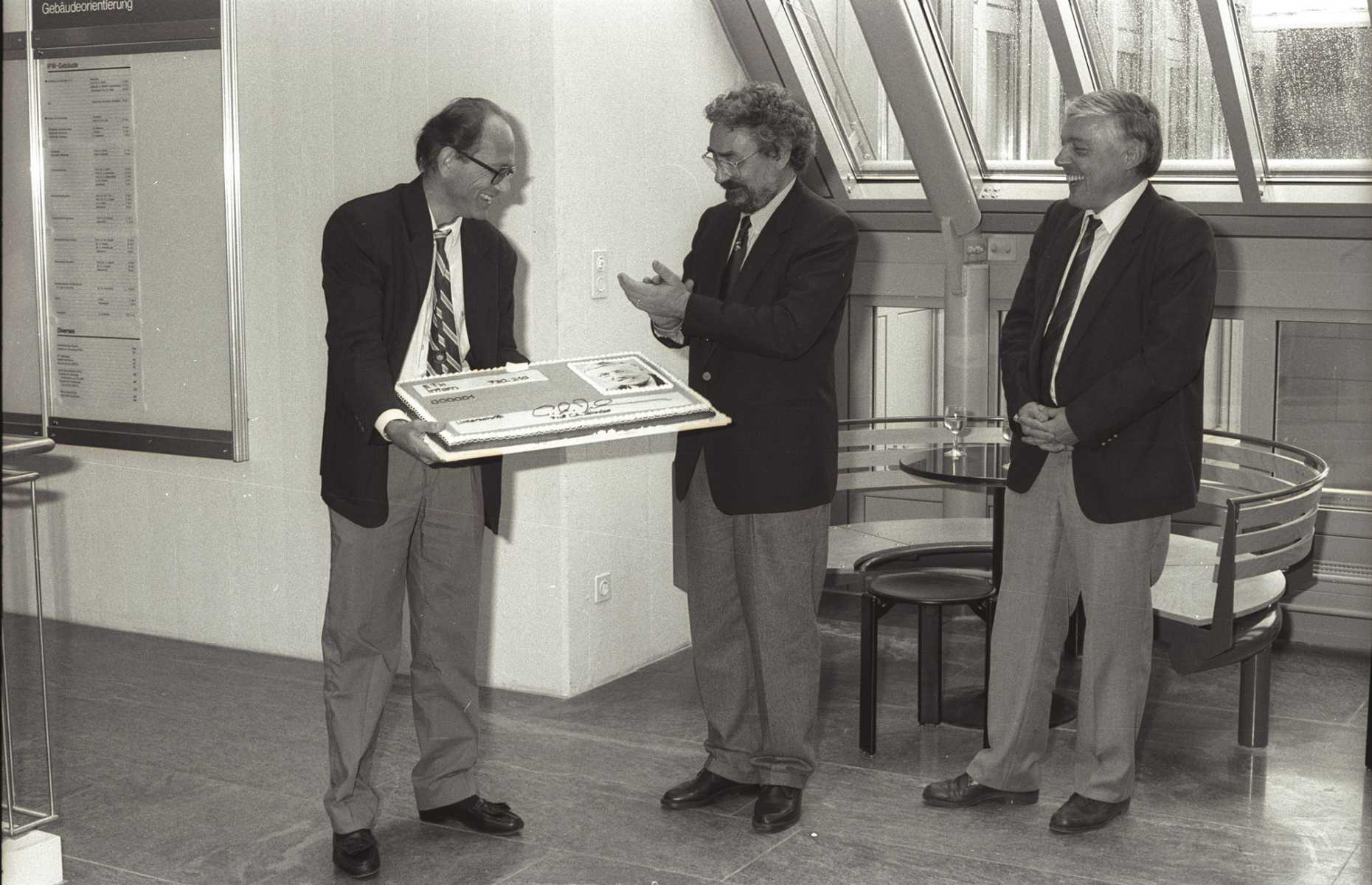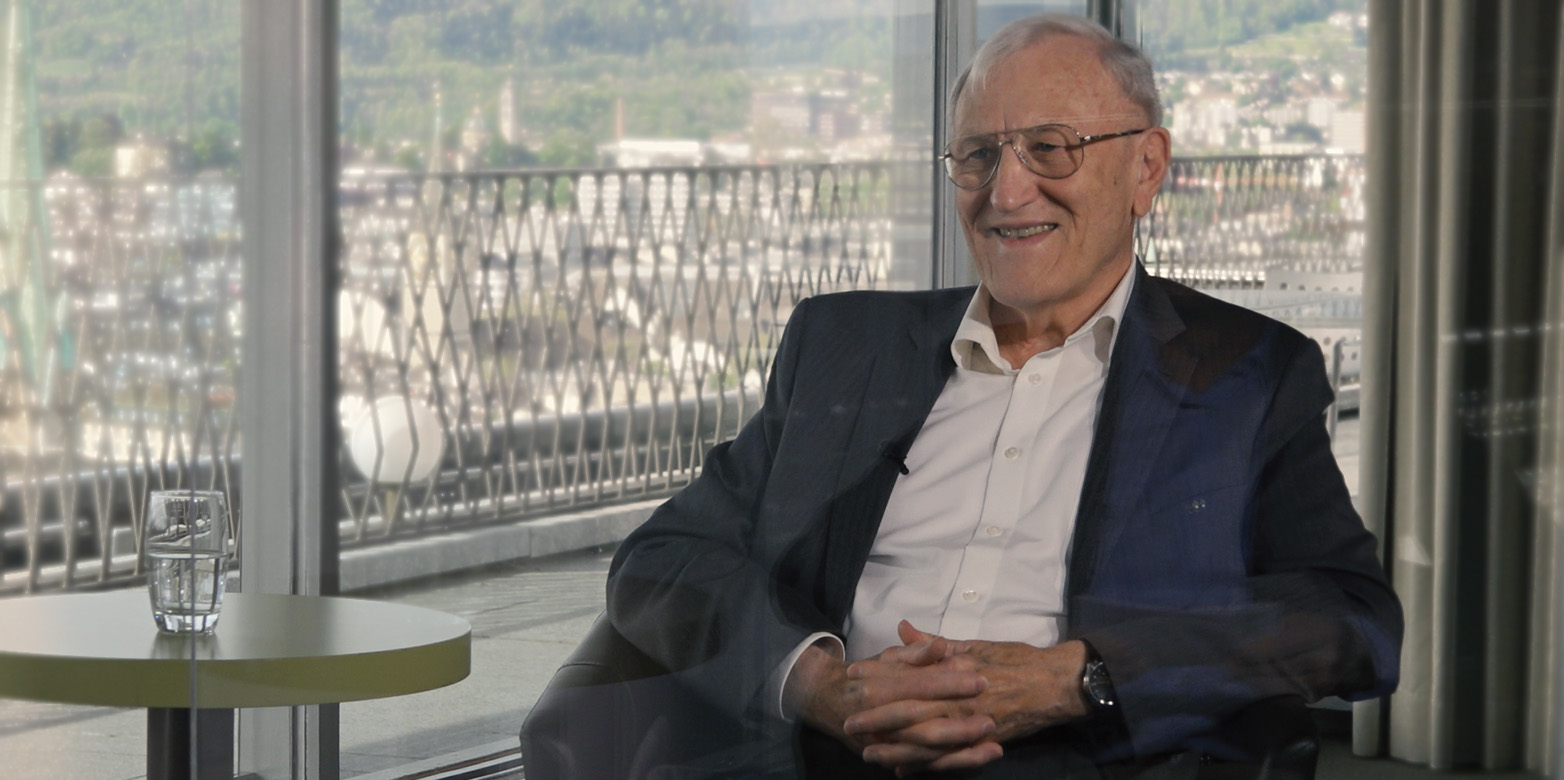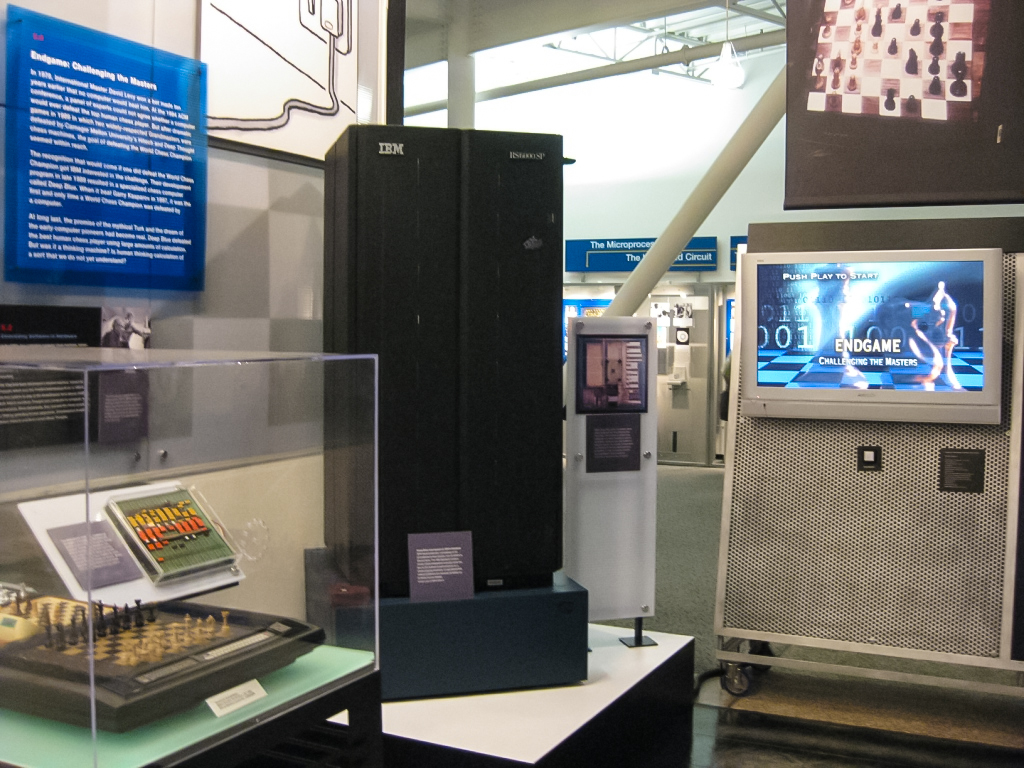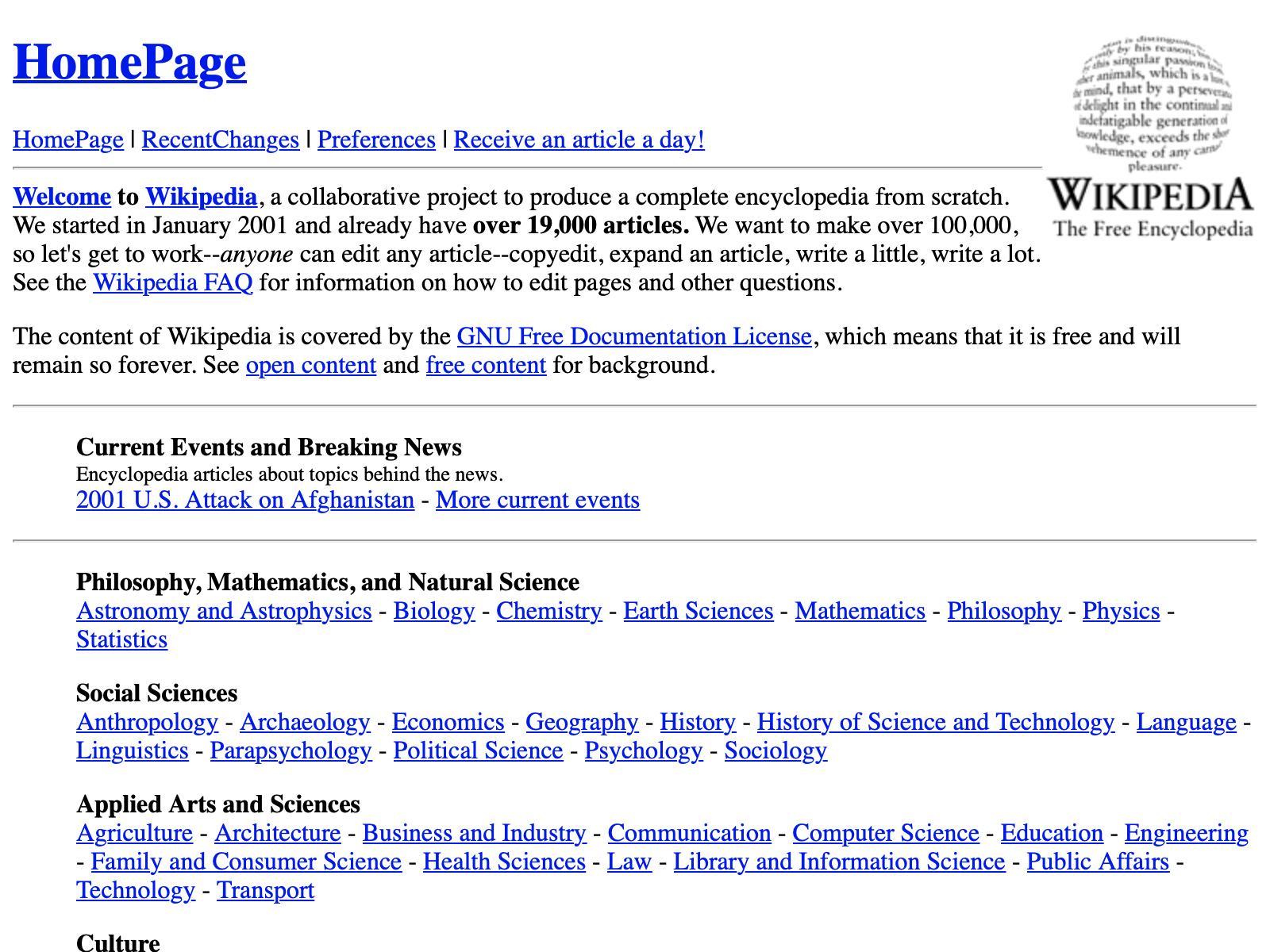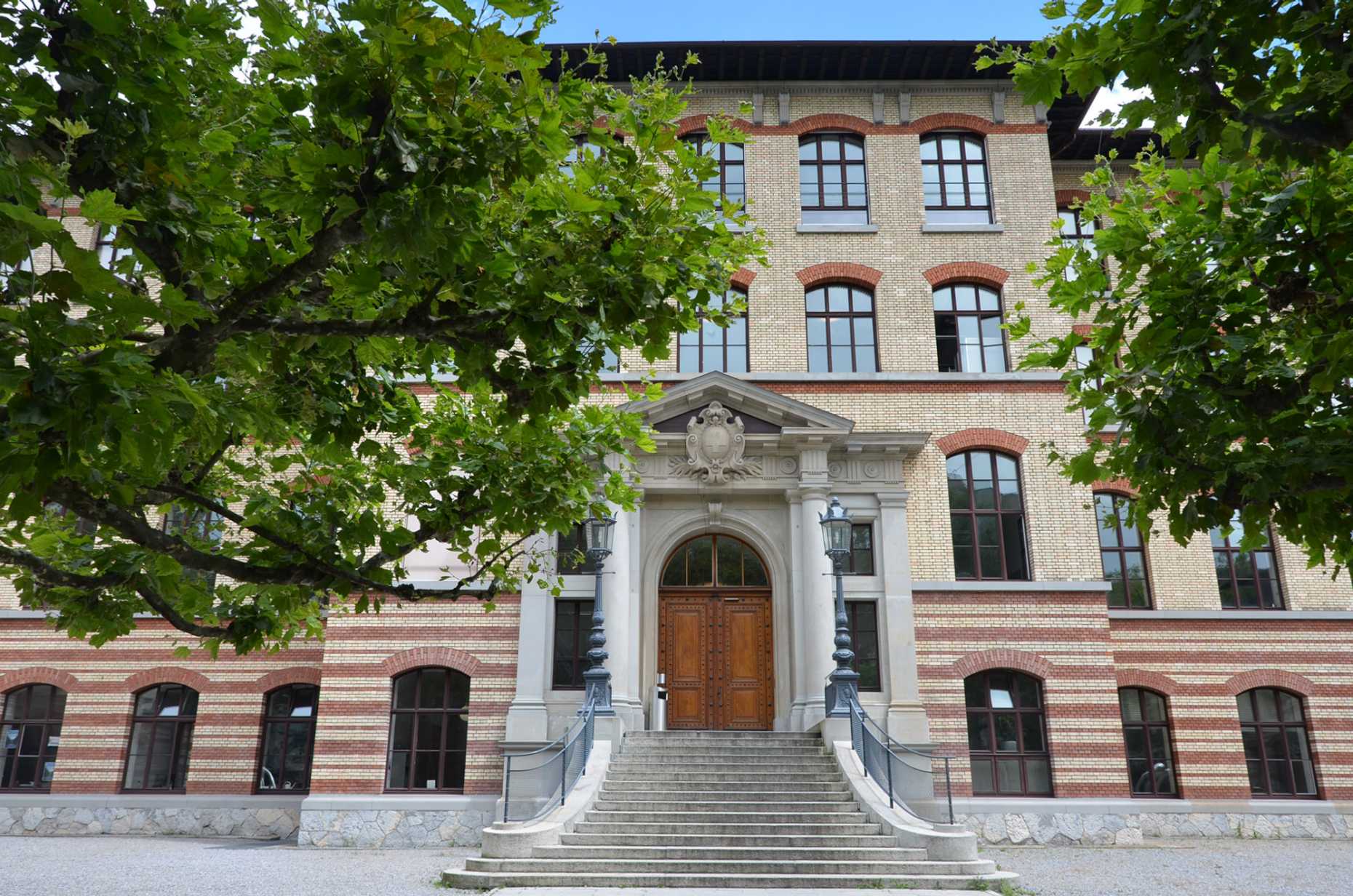A timeline of computer science
What was the first computer at ETH Zurich? When did ETH students get e-mail accounts? Who founded the Department of Computer Science? From 1947 to 2021, this timeline represents some of the most important events that led to the founding of D-INFK in 1981 and that have influenced its development since, as well as some significant computing and information technology milestones.
This timeline was originally published in Visionen 04/2021, the magazine of the Association of Computer Science Students (VIS).
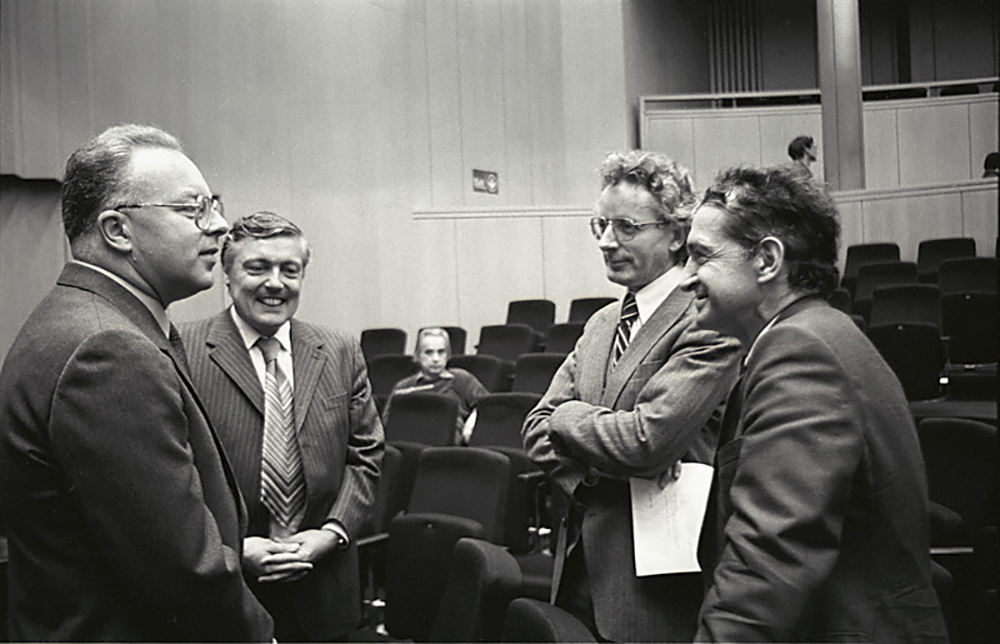
1981
Carl August Zehnder, Niklaus Wirth, Jürg Nievergelt and Peter Läuchli found the Division of Computer Science (IIIC), laying the foundation for today’s D-INFK. This is the first time that a new division is created at ETH Zurich since 1935, when electrical engineering was introduced. A little more than a hundred students begin studying in the new graduate course “Computer Science Engineer”.
1987
The .ch domain is entered into the Domain Name System. ethz.ch is one of the first .ch domain names.
1988
Niklaus Wirth and Jürg Gutknecht introduce the programming language and operating system Oberon.
ETH purchases the supercomputer Cray X-MP/28. Today, its distinctive yellow processing unit can be seen (and sat upon) in the CAB building.
Watch a 1988 TV programme about the supercomputer, featuring Carl August Zehnder
1993
“Frauenförderung”, a student organisation to support women in computer science, is founded. Today, it is known as CSNOW.
2003
The graduate course undergoes changes to conform with the Bologna Accord, replacing the previous five-year engineer’s diploma with today’s Bachelor’s and Master’s degrees.
2005
D-INFK begins the move from the IFW building to its current main hub, CAB.
2010
external page DisneyResearch|Studios is opened in Zurich and becomes the first and only research laboratory run by the Walt Disney Company at a university in continental Europe.
2014
The Institute for Machine Learning is founded by Joachim Buhmann, Andreas Krause and Thomas Hofmann.
2017
D-INFK introduces the new Master’s programme in Data Science.
2019
D-INFK introduces the new Master’s programme in Cyber Security.
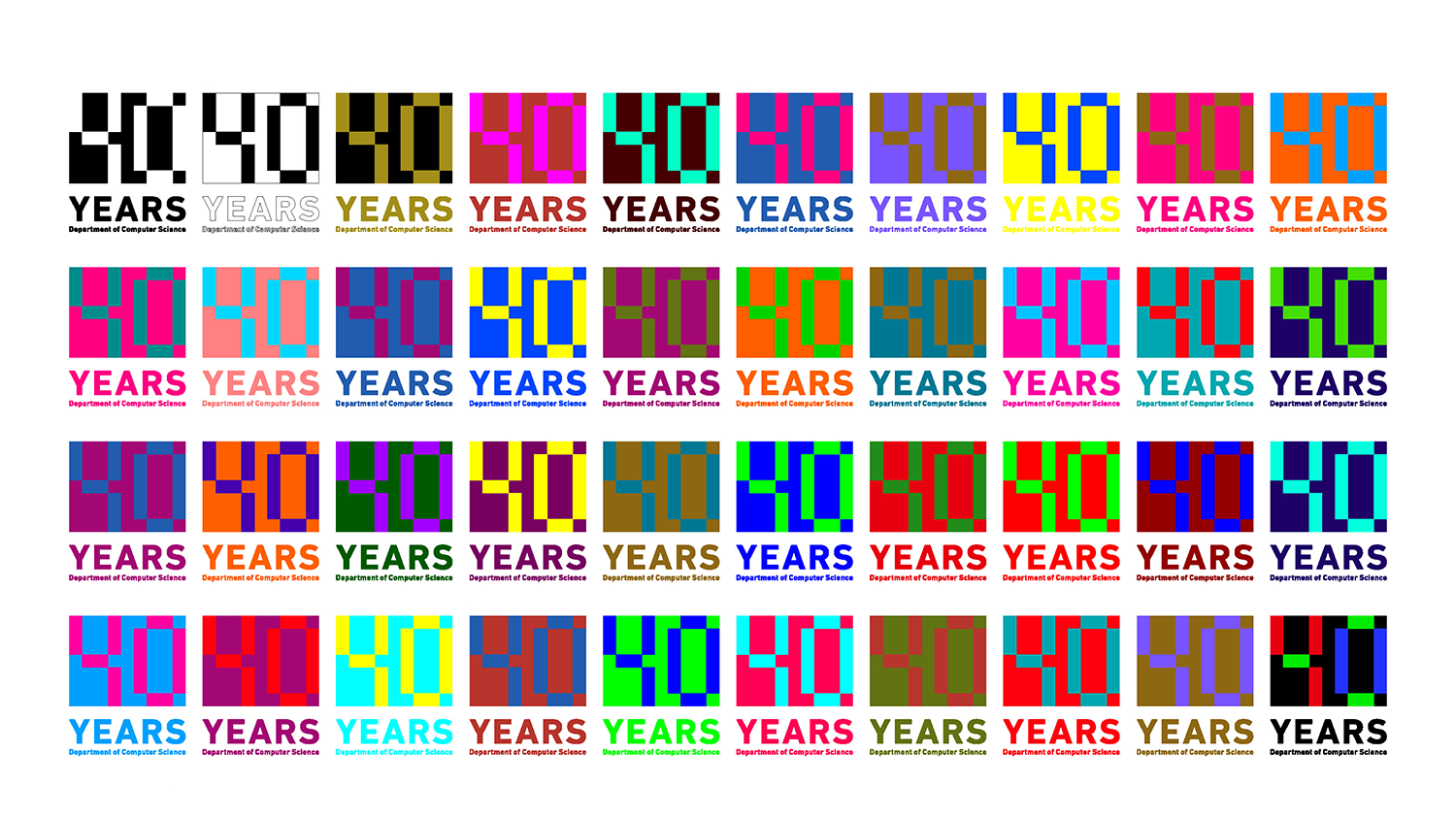
2021
D-INFK celebrates its 40th anniversary. Over 800 new Bachelor’s and Master’s students begin their studies in the Autumn Semester. Over 40 faculty members teach and conduct research at the department.
40 years D-INFK
In 1981, the computer science curriculum was introduced at ETH Zurich. At the same time, the IIIC division was established, which was the foundation for today's Department of Computer Science. On the occasion of its 40th anniversary, we present people and stories that have influenced the department over the past four decades.
